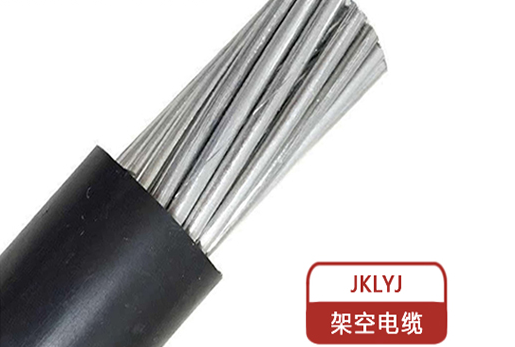Laying methods and requirements of power cable lines
1. Laying mode of power cable line
(1) Buried directly underground, this is a convenient and economical method of laying.
(2) It is laid in the cable trench for laying multiple cables.
Although the investment of cable trench was larger than that of direct burial at that time, it was convenient for temperature monitoring, ventilation and cooling measures to improve the heat dissipation conditions. In addition, East China cable considers that the cable trench also has the advantages of convenient cable maintenance, new installation and replacement, as well as the prevention of external force damage, fault detection and repair.
(3) When the cables are installed in cable tunnels, when there are many outgoing cables in power plants or substations or there are many parallel laying cables (such as more than 20 ~ 40 cables), the construction of cable tunnels should be considered.
Although the construction of cable tunnel has the following advantages, such as large investment, long construction period, high consumption of building materials, and a lot of problems such as ventilation, fire prevention and water leakage prevention, it has the following advantages:
1) The road section (corridor) occupied by cable line is greatly reduced.
2) Reduce the external force damage and mechanical damage to the cable.
3) Chemical corrosion of protective layer caused by harmful substances in soil shall be eliminated.
4) It is convenient to repair or replace the cable.
5) New cables can be added at any time without digging the road.
(4) When more cables pass through the urban streets, it is not suitable to build cable trenches and tunnels. Cable ducts can be constructed, and the cost is lower than that of tunnels. However, it has many advantages of tunnels, so it is not necessary to consider fire prevention.
(5) Laying on the cable tray is a new form of cable installation in the plant area. There are many pipelines in the plant area (especially in the power plant or chemical plant), so it is difficult to build cable trench, and the cable is often damaged due to the steam and water running out of the hot pipe. Therefore, overhead installation of cable tray is adopted in the plant instead of the cable trench.
(6) Overhead installation, due to the development of plastic cable in recent years, the weight of the cable is reduced. The way of hanging the cable on the suspension line (or fixed on the tower) is gradually applied. Compared with the cable buried underground, overhead cable is easy to be affected by the outside world, not beautiful enough, but the construction cost is lower.
2. Technical requirements for power cable laying
(1) Technical requirements for cable laying directly underground
1) The buried depth of cable shall not be less than 0.7m, and the buried depth shall not be less than 1.2m when passing through farmland. 100 mm fine soil shall be laid around the cable, and a cement protection plate shall be covered at the place 100 mm above the cable, and its width shall exceed 50 mm on both sides of the cable diameter.
2) When the cable is laid near the building, the distance between the cable sheath and the building foundation shall not be less than 0.6m (the principle is that the cable construction will not be hindered by the building and the structure of the building will not be affected).
- Prev:No more;
- Next:Basic principles of selecting wires and cables





